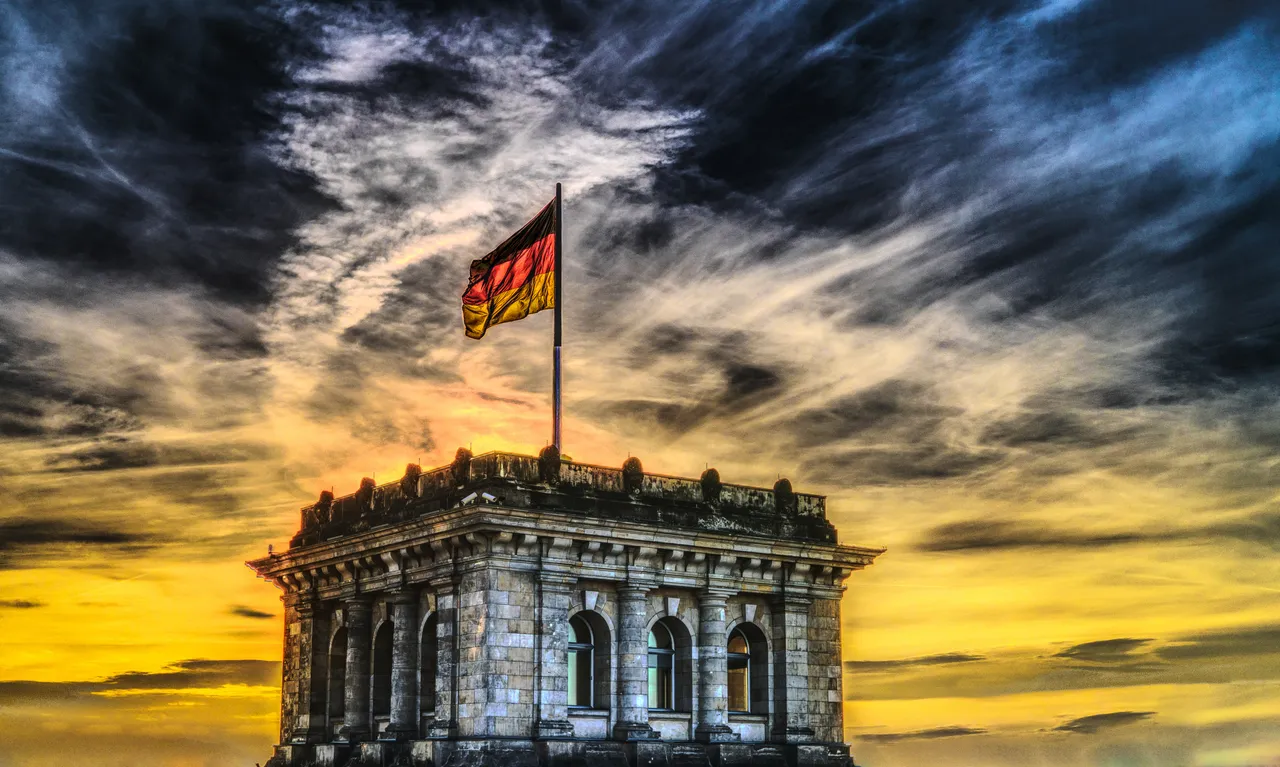
Democracy
Everyone knows this one, but it’s widely misunderstood. There are several variations of a democracy and two countries seldom share the same idea – this is where ideology often presents. When most think of a democracy, they think the people have the power and say on laws and governing. This is not true, however. What they’re thinking of is a direct democracy, of which no state has (Athenian Democracy was the closest). So let’s break it down:
Direct:
All the people in the state with voting rights determine whether any law and bill are passed or rejected, or repealed. This was the model that shaped all democracies.Representative:
Instead of every eligible person voting, this type of democracy has a system where every person can vote for someone to be their voice in determining law. This is the representative who holds the people’s voting power and makes the decision for them. This type of democracy is the most common in the world.Totalitarian:
While citizens can still vote for representatives who hold their interest, the people have almost no say in the works of government. Any laws passed or repealed are at the discretion of the representatives. “Total” power is limited, but more so than a representative democracy.Electocracy:
Here we have a type of democracy that mixes representative democracy with totalitarian. In this type, citizens eligible to vote choose their government, but have no say in the governing. The chosen government wields all the power.Demarchy:
A different type of democracy where the members of government are randomly elected from eligible citizens. These representatives decide on governing without public vote. The government then rules and establishes or removes laws with a mind more inclined to better serving the state.
Republic
It can get a tad confusing, but a republic is not necessarily the same as a democracy. The basics of a republic lie in the principle that all matters of state are public, much in the same way as a direct or representative democracy, requiring the consent of the citizens for laws. This form of government is often paired with a democracy.
Constitutional:
Here, the state is governed according to a constitution that limits the power of the government. The members of government then make decisions, according to the constitution, on behalf of the citizens who may or may not have an equal say in those laws.Democratic:
This form of government implements democratic measures in governing with making matters of state public its citizens (with voting power) are able to voice agreements or disagreements over laws.Parliamentary:
Unlike the others, this form of government separates the head-of-state and the governing leader under the law of parliament. The head-of-state may or may not be the head of government, and often are positions held by two separate people with the head of government holding most of the power.
Stay tuned for Part 3 where we explore the types of oligarchies.